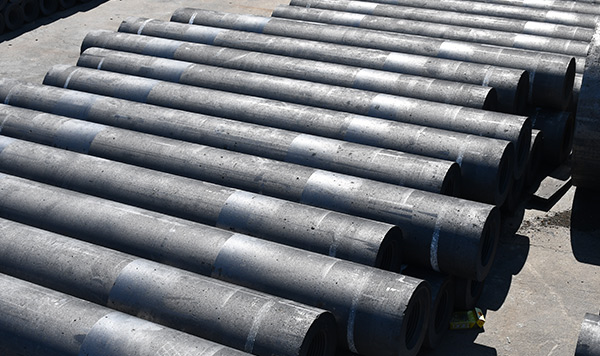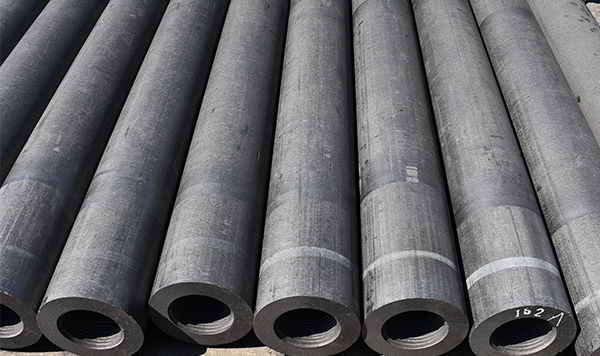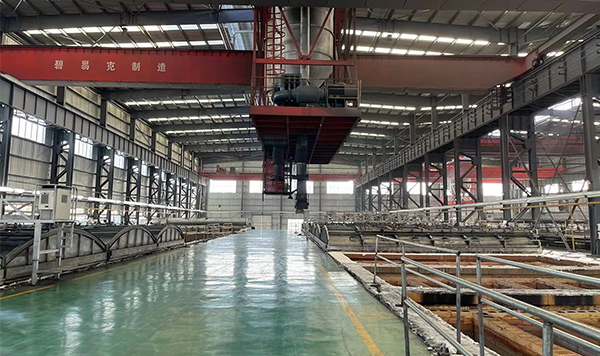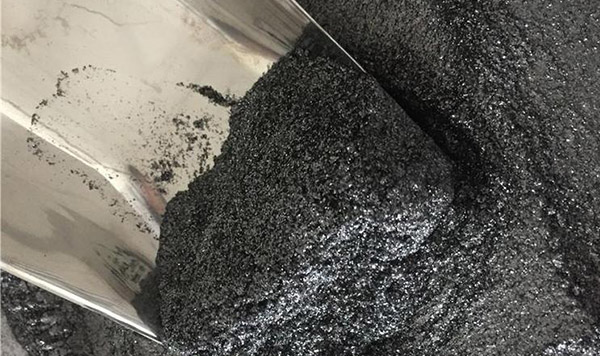Graphite powder is an essential industrial material widely used in metallurgy, refractory materials, lithium batteries, lubricants, and many other industries. In industrial production and research, the melting point of graphite powder is a key parameter of interest to many enterprises and research institutions. So, how high is the melting point of graphite powder?
Melting Point of Graphite Powder: Stability at Ultra-High Temperatures
Graphite powder consists of carbon atoms arranged in a hexagonal honeycomb structure. This unique atomic arrangement gives graphite powder excellent heat resistance and chemical stability. Generally, graphite does not melt under normal atmospheric pressure; instead, it sublimates at an extremely high temperature of approximately 3652-3697°C, transitioning directly from solid to gas without passing through a liquid state. Therefore, in the traditional sense, graphite powder does not have a fixed melting point but rather an extremely high sublimation temperature.
Why Doesn’t Graphite Powder Have a Fixed Melting Point?
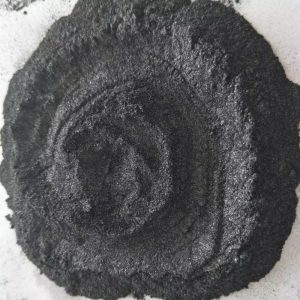
The melting point of graphite powder is influenced by external environmental conditions, particularly changes in pressure. Under normal atmospheric conditions, graphite does not melt but instead vaporizes at high temperatures. However, under ultra-high pressure conditions, such as above 10 GPa (gigapascals), graphite may transition into a liquid state, though this is extremely rare in industrial applications. As a result, discussions about graphite typically focus on its sublimation temperature rather than its melting point.
High-Temperature Applications of Graphite Powder
Due to its exceptional heat resistance, graphite powder is widely used in high-temperature environments, such as:
- Metallurgical Industry: Used as an additive in refractory materials to enhance the heat resistance of refractory bricks, electrode paste, and other materials.
- Graphite Crucibles: Utilized in metal smelting, enduring extreme temperatures without melting.
- Aerospace and Defense: Employed in high-temperature protective materials, such as heat shields for spacecraft.
- Battery Industry: Used as an anode material for lithium batteries, maintaining stability even under high-temperature conditions.
Unlike metals, graphite powder does not have a fixed melting point, as it depends on external pressure. Under normal atmospheric pressure, graphite sublimates at a temperature between 3652-3697°C, making it an ideal choice for high-temperature applications. This characteristic makes graphite powder an indispensable material in multiple high-temperature industries, forming a crucial foundation for modern industrial and technological advancements.

